The Siege of Missolonghi (1825–1826) stands as one of the most poignant and heroic episodes of the Greek War of Independence. Over the course of nearly a year, the resilient defenders of this small coastal town faced overwhelming Ottoman and Egyptian forces, embodying the spirit of sacrifice and the struggle for freedom. This website explores in brief the key events, figures, and the broader legacy of Missolonghi’s resistance, offering a deeper understanding of its lasting significance in Greek and global history.
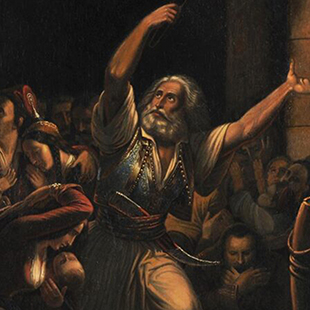
Overview & Timeline The Siege
The Third Siege of Missolonghi (April 15, 1825 – April 10, 1826) was a pivotal and tragic episode in the Greek War of Independence. The Ottoman Empire, supported by Egyptian forces, besieged the Greek-held town of Missolonghi for nearly a year.
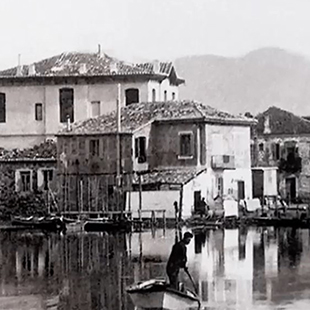
Historical Context Missolonghi, the town
Missolonghi (or Mesolongi), located in western Greece near the north shore of the Gulf of Patras, was strategically positioned between land and sea. Its geography—surrounded by lagoons, marshes, and narrow causeways—offered significant natural defenses.
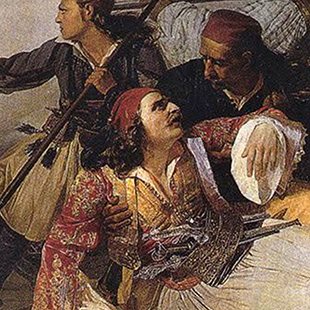
The Defenders & The Ottomans
The Warriors
and Key Figures
Missolonghi’s defense during the third and final siege (April 1825 – April 1826) was carried out by a remarkably diverse group: Greek revolutionaries, local citizens, Philhellenes (foreign volunteers), and a small number of trained soldiers. Their resistance became one of the most iconic stands in the Greek War of Independence.
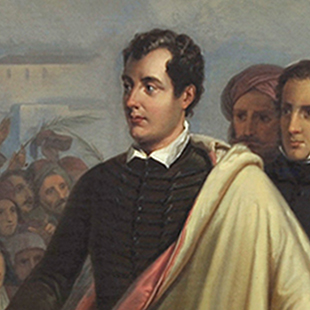
Worldwide Support
The Role
of Philhellenes
The role of the Philhellenes during the Third Siege of Missolonghi (1825–1826) is one of the most poignant and powerful examples of international solidarity in the Greek War of Independence. Here's an in-depth analysis of their role, impact, and legacy.
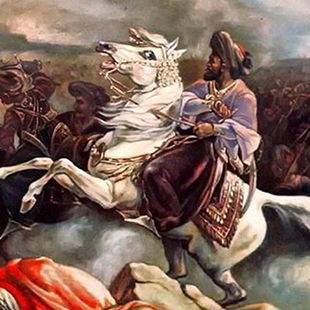
Life During the Siege The Battle
The siege began in April 1825 and lasted for almost a full year, ending in April 1826. The defenders—made up of Greek revolutionaries, townspeople, women, and children—were cut off from consistent outside help.

The Massacre and Aftermath Exodus
By April 1826, with starvation and disease rampant, the leaders of Missolonghi decided on a desperate breakout—the famous Sortie of Missolonghi on the night of April 10. Civilians and soldiers alike tried to break through the encircling Ottoman lines.
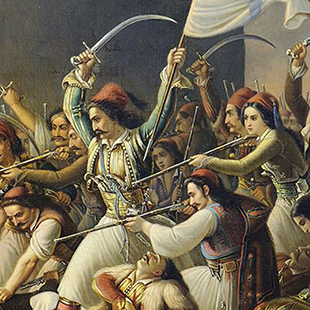
International Impact Legacy and Results
The Exodus of Missolonghi in 1826 was more than a tragic episode in a local uprising—it sent shockwaves across the world, profoundly affecting public opinion, diplomacy, art, and political thought in Europe and the United States.
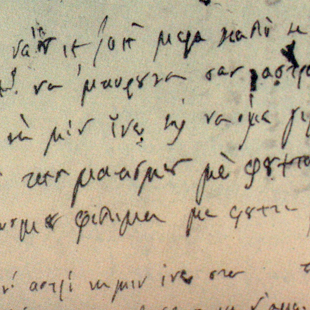
Books and Publications Educational Resources
The National Anthem of Greece, titled "Hymn to Liberty" (Ύμνος εις την Ελευθερίαν), is a poem written in 1823 by Dionysios Solomos, a revered Greek poet. The anthem celebrates the Greek struggle for independence and expresses deep admiration for freedom and heroism.
